The seminar focused on Dr. Roswell’s recent collaboration: How much do rare and crop-pollinating bees overlap in identity and flower preferences4. Pollinators are essential for the production of many crop species in the Mid-Atlantic, including blueberry, cranberry, apple, tomato, watermelon and pepper. Crop pollinators usually bring to mind common pollinators such as the honey bees; however, Macleod et. al. 2020 found that 19% of dominant crop-pollinating bee species are regionally rare*. For example, there are at least five crops for which regionally rare bees are among the primary pollinators4: Habropoda laboriosa (blueberry), Colletes validus (blueberry), Melitta americana (cranberry), Eucera pruinosa (muskmelon) and Andrena morrisonella (apple) (image 1). Although pollen is the primary food source for bees, not all pollen is accessible or suitable to every bee species. For example, blueberry pollen is not accessible to every pollinator because of its bell-shape. Of the over 400 bee species in the Mid-Atlantic region, 25% of bee species are pollen specialists3. Of the five bee species that Macleod et. al. identified as both important crop pollinators and regionally rare, four are pollen specialists or oligolectic bees. Bee specialists’ dietary restrictions often make them more susceptible to environmental perturbations such as habitat loss and biological invasive species3. Planting pollinator-friendly plants (“pollinator plantings”) is a common practice among farmers to enhance the pollination services provided by bees and conserve pollinator diversity. Dr. Roswell’s work corroborates that pollinator plantings do provide food for rare pollinators. However, pollinator plantings could be improved by including host plants that are more frequently visited by less common bee species. Habitat plantings can target rare bees, but the conservation status of many bees is difficult to predict. Red Lists for bees do not exist for North America, which raises the question: is bee conservation status predictable? Dr. Roswell’s ongoing research in the EspíndoLab includes developing tools to predict the conservation status of bee species in Maryland. However, only 70 out of about 400 bee species in this region have been assessed. By using a combination of land use, bee traits, bioclimatic variables, and location data, Roswell hopes to develop a model to predict the current and future status of bees. Dr. Roswell is particularly passionate about the synergy between conservation and agriculture, and plans to focus his future research on soybean pollination. Surprisingly little is known about the reproductive biology of soybeans. Soybeans are considered to be self-pollinating2. However, evidence suggests that soybeans benefit from cross-pollination provided by insects, particularly bees1 (image 2). Dr. Roswell hopes to further explore this topic during his tenure at UMD. *In Macleod et. al. 2020, bee species were defined as rare if they occupied less than 5% as many localities as the species occupying the greatest number of localities within the same dataset. References: 1. Blettler, D.C., Fagúndez, G. A., and Caviglia, O.P. (2018). Contribution of honeybees to soybean yield. Apidologie, 49(1): 101–111. https://doi.org/10.1007/s13592-017-0532-4 2. Bohner, H. (2015). Do Soybeans Require Insects for Pollination? http://www.omafra.gov.on.ca/english/crops/field/news/croptalk/2015/ct-0315a8.htm#:~:text=Soybeans%20are%20considered%20to%20be%20a%20self-pollinating%20legume.,are%20not%20required%20to%20pollinate%20a%20soybean%20crop {accessed October 20, 2020]. 3. Fowler, J. (2016). Specialist Bees of the Mid-Atlantic: Host Plants and Habitat Conservation. The Maryland Entomologist 6(4):2-40. 4. MacLeod, M., Reilly, J., Cariveau, D. P., Genung, M. A., Roswell, M., Gibbs, J., and Winfree, R. (2020). How much do rare and crop‐pollinating bees overlap in identity and flower preferences? Journal of Applied Ecology, 57(2), 413–423. https://doi.org/10.1111/1365-2664.13543 Comments are closed.
|
Categories
All
Archives
June 2024
|
Department of Entomology
University of Maryland
4112 Plant Sciences Building
College Park, MD 20742-4454
USA
Telephone: 301.405.3911
Fax: 301.314.9290
University of Maryland
4112 Plant Sciences Building
College Park, MD 20742-4454
USA
Telephone: 301.405.3911
Fax: 301.314.9290

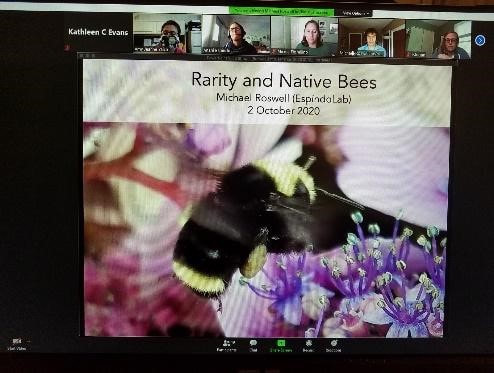
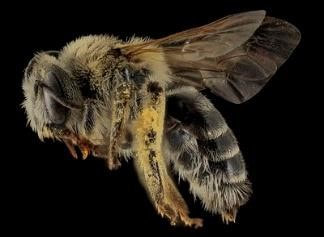
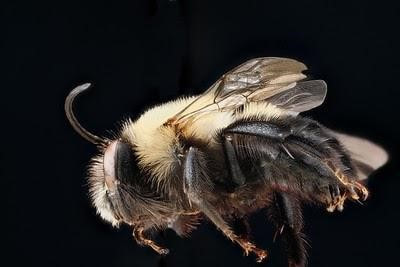
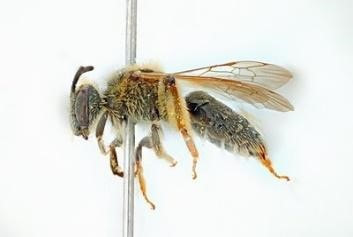
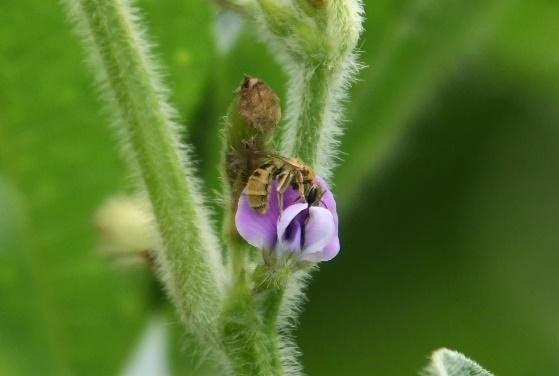
 RSS Feed
RSS Feed




